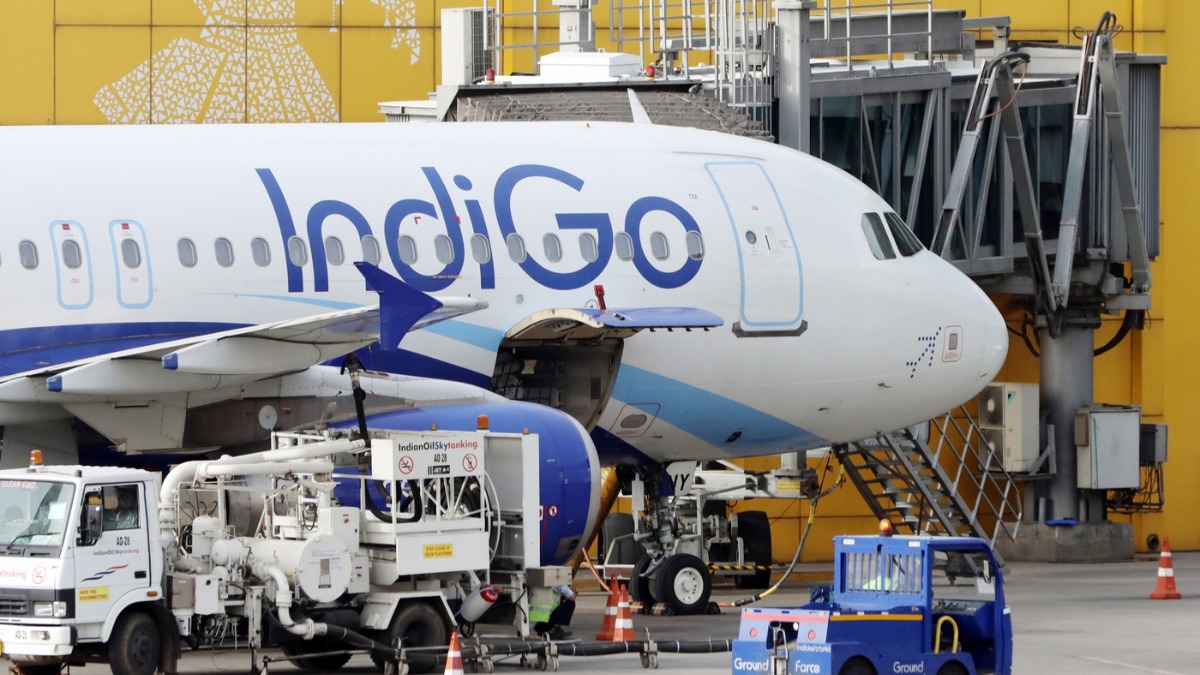 Image Source : The Financial Express
Image Source : The Financial Express
IndiGo, India’s largest airline, made a notable entry into the Nifty 50 index this week, highlighting its prominence in the country’s stock market landscape. However, despite this milestone, analysts caution that the aviation sector as a whole may face profit pressures in the near term due to various challenges. This development presents a complex picture for investors keeping an eye on airline stocks and the broader market dynamics.
Key Highlights Of IndiGo’s Nifty Inclusion And Aviation Sector Outlook
IndiGo replaced another stock in the Nifty index, reflecting its increased market capitalization and importance in Indian equities.
The company has witnessed recovery post-pandemic with strong passenger load factors and expanding domestic and international operations.
Analysts point out that despite robust revenue growth, rising fuel costs and inflationary pressures are squeezing profit margins.
Regulatory changes including potential new taxes or tariff structures could add to operational expenses for airlines.
Competitive pricing and intense market rivalry may limit the ability to pass on cost increases to customers.
The airline industry is also facing supply chain constraints with aircraft deliveries delayed, impacting fleet expansion plans.
Investors should note that heightened volatility and uncertainty remain, especially as global economic factors influence demand.
IndiGo’s strategic focus on enhancing digital services, expanding network reach, and fleet modernization contributes positively to its competitive edge.
Market watchers suggest moderating expectations on earnings growth while appreciating the resilience demonstrated by IndiGo.
The broader Nifty index may show mixed impacts from the aviation sector due to these cautionary signals.
Understanding The Implications For Investors
IndiGo’s inclusion in Nifty is a testament to its scale and recovery strength but does not shield the company or the sector from external pressures. Rising crude oil prices, currency fluctuations, and post-pandemic market adjustments could weigh on financial performance.
Investors should approach airline stocks with a balanced view that combines growth potential with the risks of profit margin compression. Careful monitoring of fuel hedging strategies and regulatory developments is advised.
Sectoral Performance In Recent Quarters
Recent quarterly results indicate that while passenger growth remains healthy, operating costs have escalated faster than revenues. This has narrowed operating margins compared to pre-pandemic levels.
The focus for airlines has shifted towards cost optimization, ancillary revenue streams, and sustainability initiatives to improve profitability over time.
What To Expect Going Forward
-
Watch for quarterly earnings for trends in margin improvement or deterioration.
-
Regulatory announcements related to aviation taxes or fare caps could influence market sentiment.
-
Fuel price movements, both global and local, will remain a key factor for profitability.
-
Industry consolidation or partnerships may alter competitive dynamics.
-
Investor sentiment in the broader market will likely influence airline stock volatility.
Conclusion
IndiGo’s rise to India’s Nifty 50 is a milestone reflecting its importance in the Indian economy and stock market. However, analysts urge caution due to ongoing profit margin pressures and operational challenges in aviation. Balancing optimism about growth with pragmatic risk management will be crucial for investors navigating the airline sector.
This dual reality highlights the dynamic nature of markets and the need for continued vigilance amidst changing macro and sector-specific conditions.
Sources: Economic Times, Moneycontrol, Bloomberg Quint, CNBC TV18
Advertisement
Advertisement








